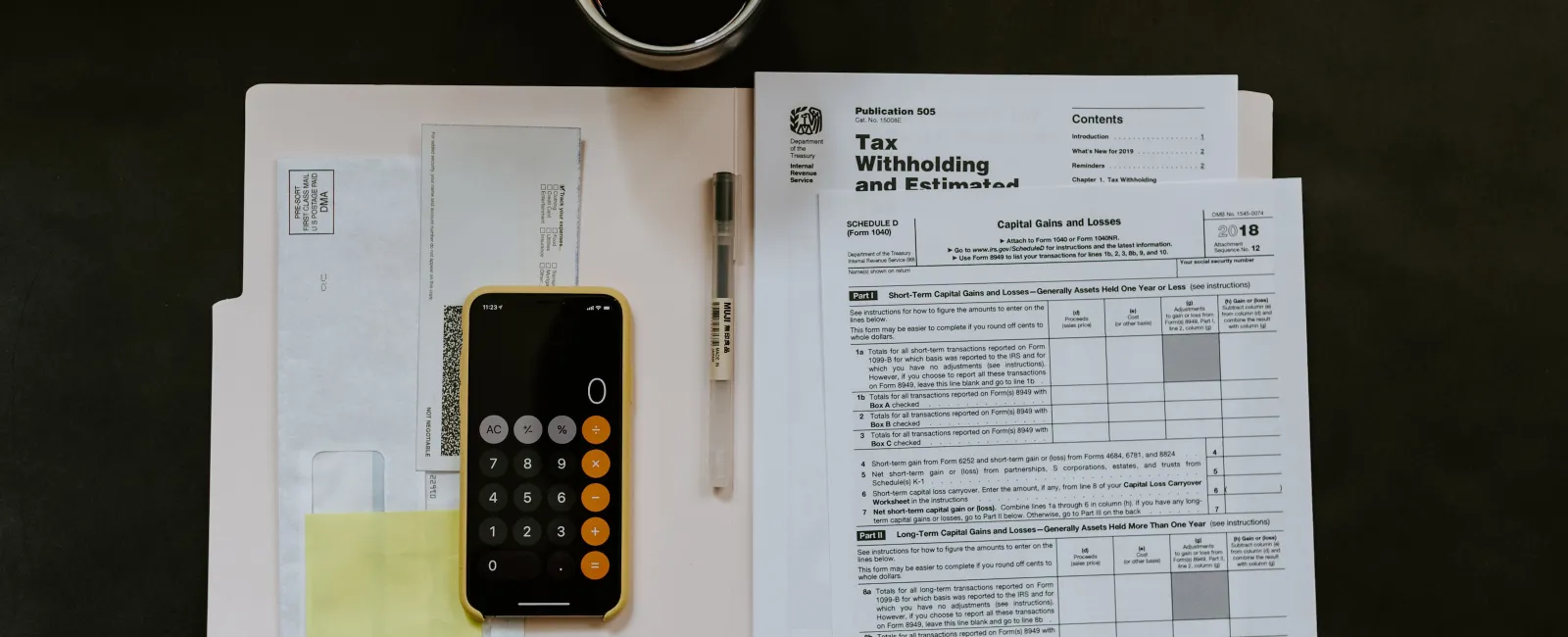The Inflation Reduction Act of 2022 is a landmark legislation that has significant implications for the clean energy sector and labor market. At its core, the Act aims to bolster the United States' commitment to reducing inflation, investing in domestic energy production, and addressing climate change. A pivotal aspect of this Act is its emphasis on the prevailing wage and apprenticeship requirements, which are set to ensure that the transition to a cleaner economy is both equitable and sustainable.
The Importance of Prevailing Wage
Prevailing wage laws have long been a cornerstone of fair labor standards, particularly in public works. These laws ensure that workers on federally-funded construction projects are paid wages that are commensurate with the wages paid in the locality for similar work. The prevailing wage is determined by the Department of Labor and is typically based on the wages that are predominant for a given trade in a specified geographic area. By mandating the payment of prevailing wages, the government aims to discourage undercutting local wage standards, thus protecting both workers' livelihoods and local economies.
The Inflation Reduction Act's Stance on Prevailing Wage
The Inflation Reduction Act integrates prevailing wage requirements into the clean energy incentives it provides. Specifically, the Act stipulates that taxpayers wishing to take advantage of enhanced tax benefits for clean energy projects must ensure that all laborers and mechanics are paid prevailing wages. This applies to a wide array of clean energy initiatives, from solar and wind projects to carbon capture and green hydrogen production.
Enhanced Tax Benefits
Under the Inflation Reduction Act, meeting prevailing wage and apprenticeship requirements can significantly increase the tax benefits available to taxpayers. This means that for projects where these standards are met, the base amounts of many clean energy tax incentives can be multiplied, in some cases up to five times. This not only serves as a substantial incentive for businesses to comply with these wage standards but also makes clean energy projects more financially viable and attractive.
Scope and Application
The prevailing wage and apprenticeship provisions of the Inflation Reduction Act cover a comprehensive range of clean energy tax incentives. These include, but are not limited to:
In addition to these, the Act's prevailing wage provisions also apply to the New Energy Efficient Home Credit and the Zero-Emission Nuclear Power Production Credit.
Impact on Workers and the Clean Energy Industry
The inclusion of prevailing wage provisions in the Inflation Reduction Act is expected to have a far-reaching impact on both the clean energy industry and the labor market. For workers, these provisions promise better wages and more training opportunities, thereby improving job quality and promoting career growth in the clean energy sector. For the industry, the increased financial incentives for complying with these provisions are likely to accelerate the adoption of clean energy technologies and projects, driving innovation and growth.
Ensuring Compliance and Maximizing Benefits
For taxpayers and contractors looking to capitalize on the enhanced tax benefits offered by the Inflation Reduction Act, understanding and adhering to the prevailing wage and apprenticeship requirements is crucial. This involves keeping abreast of the specific wage determinations applicable to their projects, maintaining accurate records of wages paid, and ensuring that all laborers and mechanics are compensated in accordance with these standards.
Furthermore, the Act encourages the use of registered apprenticeships, which not only helps workers gain valuable skills and experience but also ensures a steady pipeline of trained labor for the clean energy industry. By investing in workforce development, businesses can not only comply with the Act's requirements but also enhance their operational efficiency and competitiveness.
Looking Ahead: The Future of Clean Energy and Fair Wages
As the United States continues to advance its clean energy goals, the Inflation Reduction Act represents a critical step towards a future that is both environmentally sustainable and economically equitable. By intertwining the objectives of clean energy investment with those of fair labor standards, the Act sets a precedent for how ambitious climate goals can be achieved in tandem with improvements in job quality and worker protection.
In conclusion, the Prevailing Wage and the Inflation Reduction Act together pave the way for a new era in the clean energy sector. By ensuring that the transition to a greener economy goes hand in hand with fair wages and labor standards, the Act promises not just a reduction in carbon emissions but also a boost in quality jobs and economic growth. As such, it stands as a model of how policy can simultaneously address the climate crisis and the needs of workers, driving forward both environmental sustainability and social progress.
